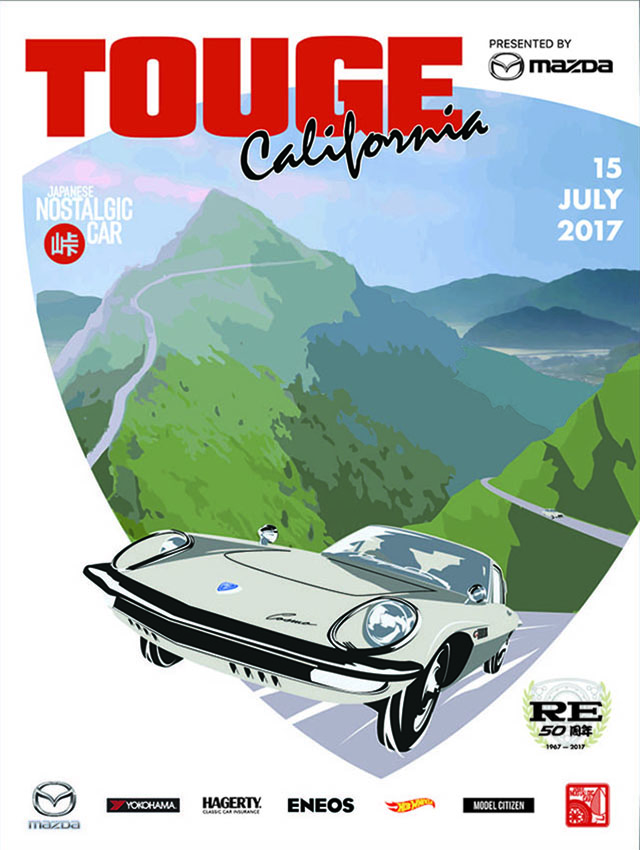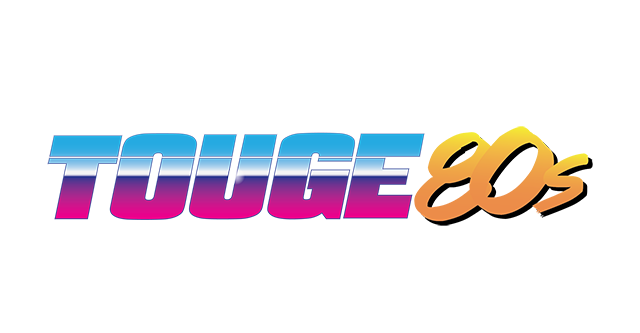We don’t normally we don’t pay much attention to crazy Frankenstein builds. They might be impressive feats of engineering and construction, but they usually exist to show off the owner’s insane wrenching skills or satisfy some performance metric at the cost of everything else, and in the process something of the original car’s spirit is usually lost. The twin-engine Honda CRX originally built by Car and Driver magazine is a bit different, as it received the blessing of American Honda, who donated the car and three addition engines to the project.
Cars like the Honda CRX marked the end of the Malaise Era, sort of. In 1984 Detroit was still peddling baroque, underpowered barges, but the new breed of cars coming out of Japan were a clear departure from decade of automotive dreariness spawned marked by the oil crisis. A new age of possibilities was opening up, leading Don Sherman of Car and Driver to go nuts with what they dubbed Project Synchronicity — the hit Police album had debuted months before. Today, its mostly known as the CR-X² due to its Mugen Pro-inspired decal.
Sherman and his C&D cohort came up with the wild idea of mounting a second Honda 1.5-liter CRX drivetrain (and transmission and front suspension torsion bar springs and front brakes) in the mid-rear position of the hot hatch. The two power units had no physical shafts to connect them, or electronic brain to harmonize the two ends. Contact with the ground was enough to more or less match engine speeds, and since both extremities had automatic transmissions, shifting was governed by the shared wheel speeds.
 Honda donated the car and the extra engine, and the installation and custom work was handled by renowned Mazda tuning shop Racing Beat. However, when everything was said and done the car wasn’t very quick, especially to offset the 600-pound gain of the second engine.
Honda donated the car and the extra engine, and the installation and custom work was handled by renowned Mazda tuning shop Racing Beat. However, when everything was said and done the car wasn’t very quick, especially to offset the 600-pound gain of the second engine.
So C&D went back to Honda to ask for a pair of 1.8-liter Accord engines and their four-speed transmissions, one more gear than the stock CRX automatics. As it happened, Honda had a couple of brand new Accords that had been damaged during a shipping mishap, and sent them to Racing Beat.
Several months later the second iteration of Project Synchronicity emerged, making a total of 201 horsepower (as opposed to the stock CRX’s 76) and dropping 0-60 times by nearly two seconds (to 6.2). Version two also added a Mugen CR-X Pro body kit, Recaro seats, and MSW wheels. According to Sherman, it “beat a contemporary Porsche 928S running from 30 to 50 mph and Chevy’s IROC Camaro in 50 to 70 mph acceleration.”
The car was eventually sold and exchanged hands several times. Surprisingly, it has accrued over 50,000 miles, which is a lot for a one-off Frankenstein project like this. Recently it ended up in the hands of Randy Carlson, who got it roadworthy again and brought it to Leno’s garage. Now you can watch footage of Project Synchronicity running and see Leno’s driving impressions. It’s still weird, but a neat little aside from an era of renewed automotive optimism.







Citroen did it first with their 2CV Sahara back in the ’60s. They did it old school without any electronics as well. Either engine could be engaged and, it not only wasn’t a one-off but, it sold fairly well for silly money … which is even sillier these days as it’s considered the unicorn of the 2CVs. I believe one went on the Paris-Dakar run but am not sure if it finished or, not. The outside telling that it’s a Sahara is that the spare tire is mounted on the hood. Both engines could be hand cranked as well. Jay probably has one … he has just about ANY car you could think of in his collection anyway!